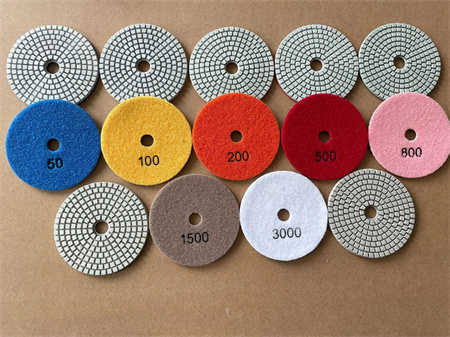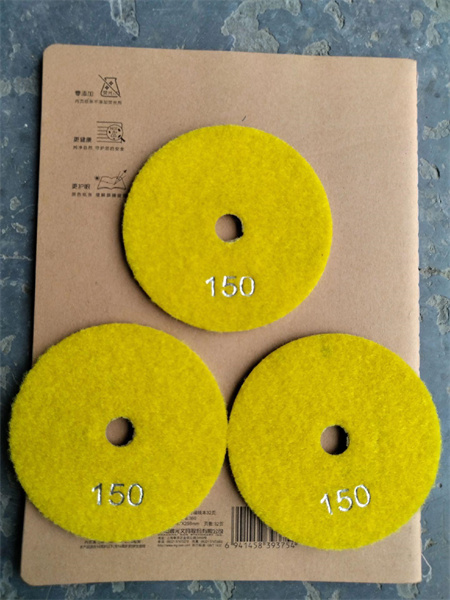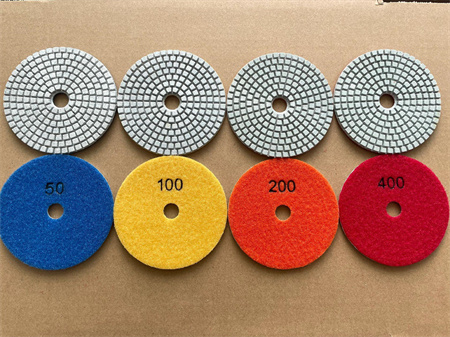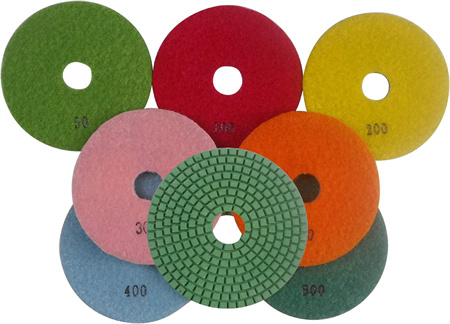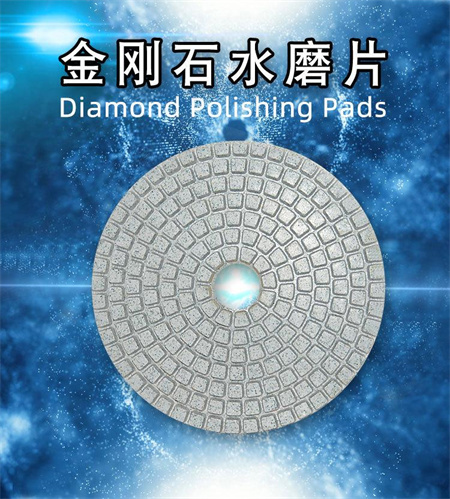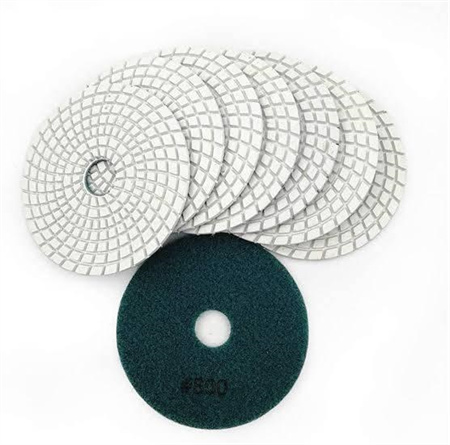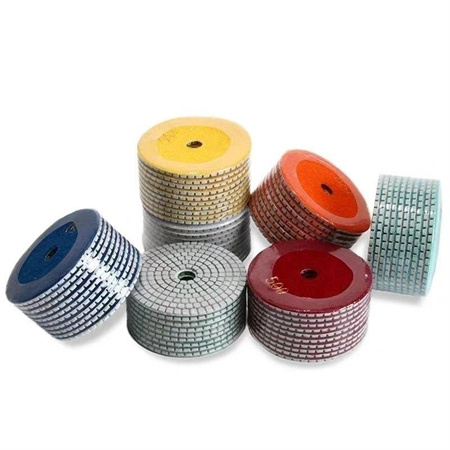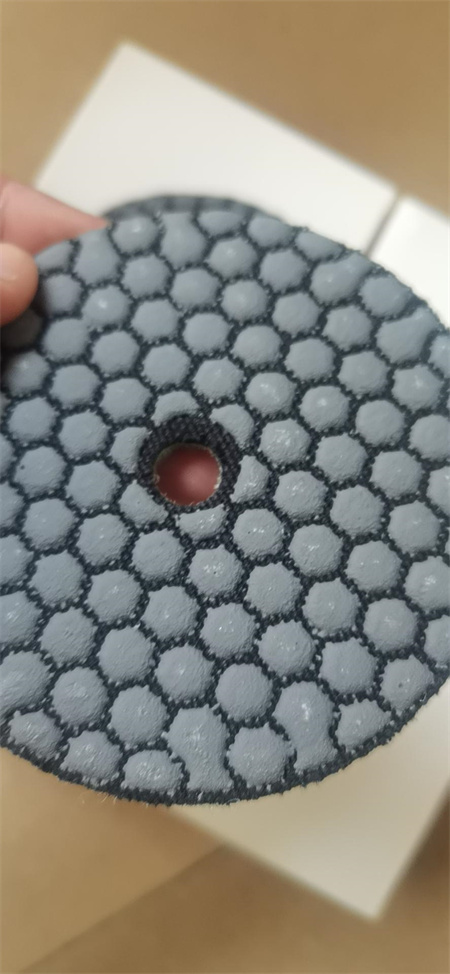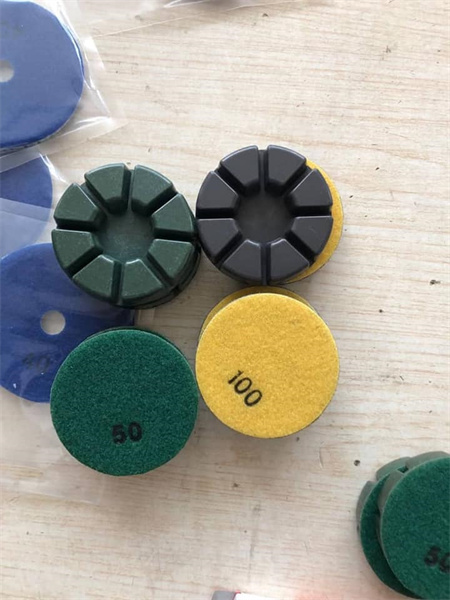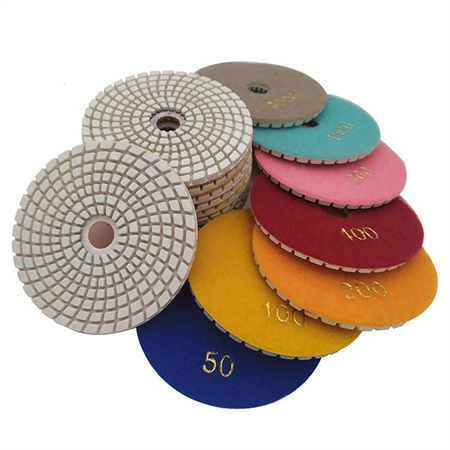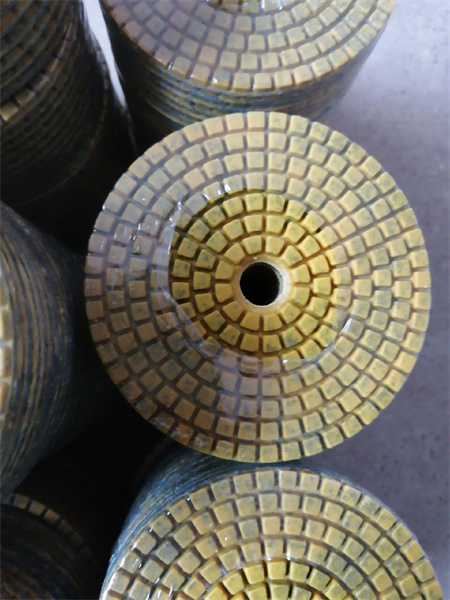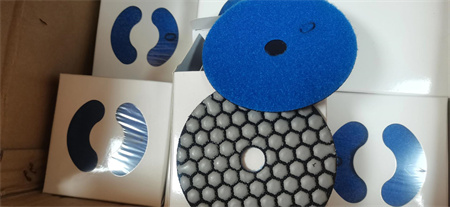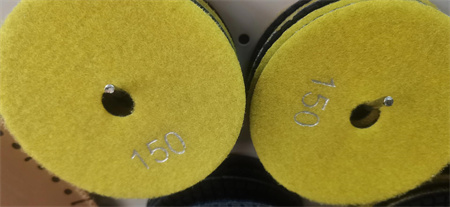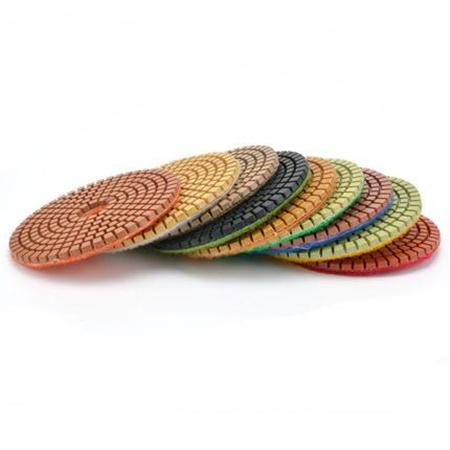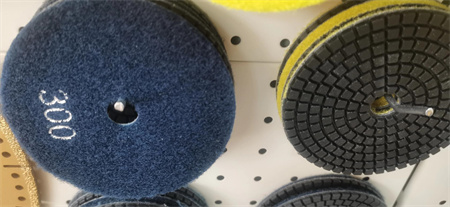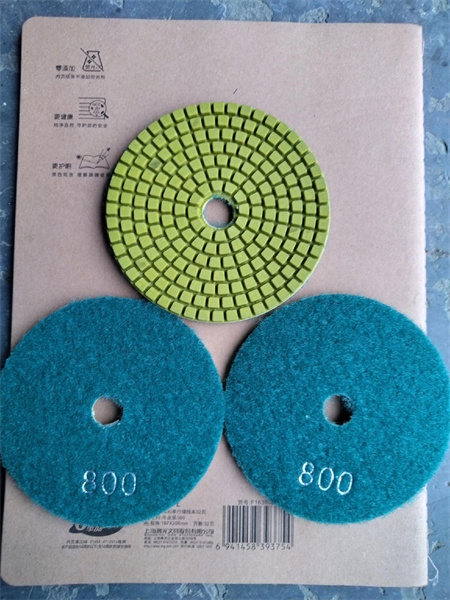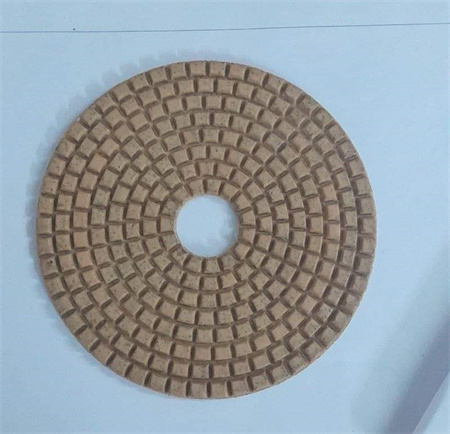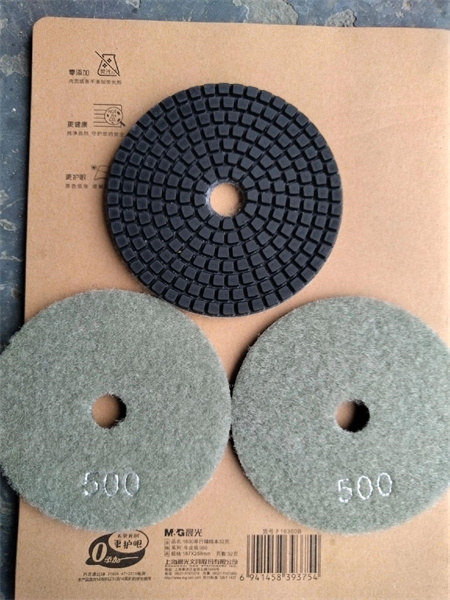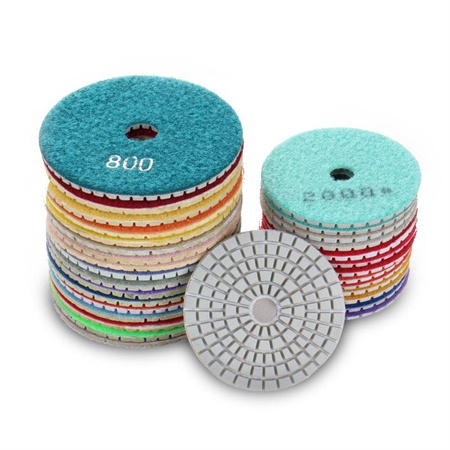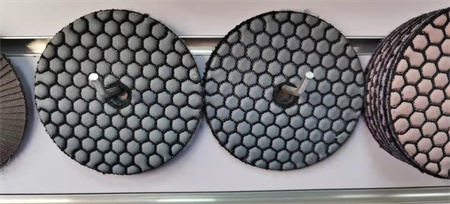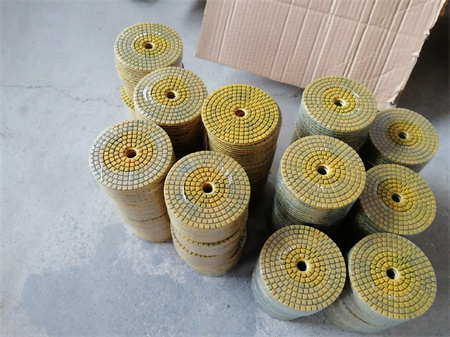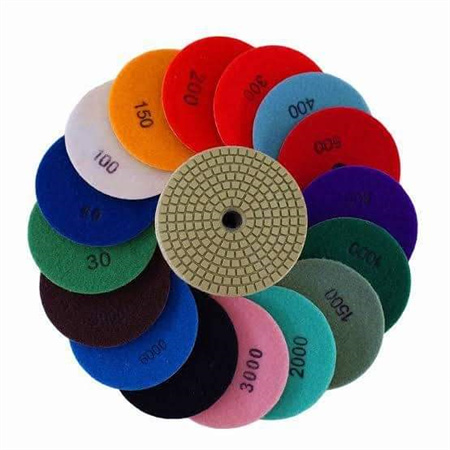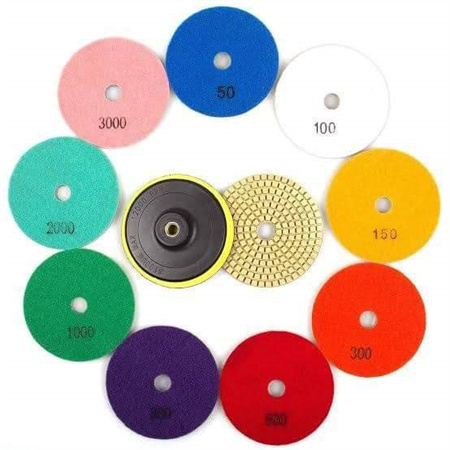China Diamond Polishing Pad Wholesale Direct Sale
If you’re in the market for high-quality diamond polishing pads, look no further. China has become a leading source for reliable and affordable diamond polishing pads, and it’s no surprise why so many businesses are turning to direct wholesale suppliers for their polishing needs.
The world of diamond polishing pads is vast, offering an array of choices for various materials and applications. Whether you need pads for granite, marble, concrete, or other stone surfaces, the options are limitless. Sourcing directly from China means you can take advantage of not only competitive pricing but also top-tier quality.
One of the biggest benefits of purchasing diamond polishing pads from Chinese wholesalers is the ability to buy in bulk, saving both time and money. When buying directly from the manufacturer, you eliminate the middleman, ensuring a more cost-effective transaction. Plus, these wholesalers often offer a wide range of pad types and sizes, so you can find exactly what you need, whether you’re polishing floors, countertops, or other stone surfaces.
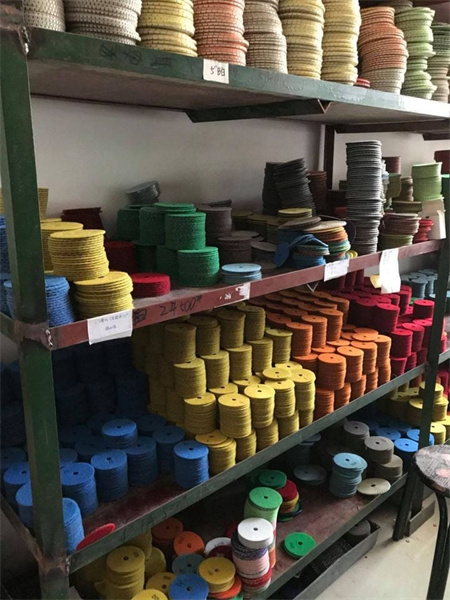
Another great advantage is the consistency and durability of Chinese-made diamond polishing pads. Designed for precision and built to last, these pads are engineered to withstand the toughest of polishing tasks. You’ll find that they offer smooth, high-gloss finishes without the wear and tear you might experience with lower-quality pads. This level of reliability can make all the difference, especially in professional settings where every detail counts.
The process of purchasing diamond polishing pads from China is straightforward. With the convenience of online ordering and streamlined shipping methods, you can have your order delivered directly to your doorstep with minimal hassle. Many wholesalers offer custom orders as well, giving you the flexibility to request specific sizes, grit levels, or packaging based on your needs.
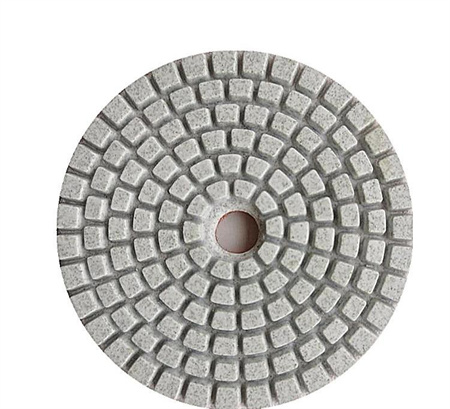
In addition to quality and pricing, Chinese wholesalers often pride themselves on their customer service. Many suppliers are more than happy to provide expert advice or guidance on the best pads for your particular job. They understand that the success of your project depends on the tools you use, and they’re committed to helping you make the right choice.
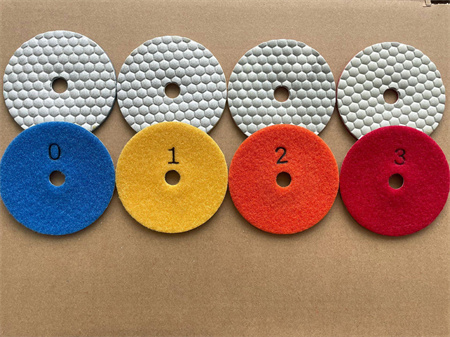
For anyone looking to enhance their polishing process with durable, efficient, and affordable diamond polishing pads, China remains a go-to destination. With direct wholesale deals, superior products, and excellent customer support, there’s no better way to source your polishing pads than by going straight to the experts.
